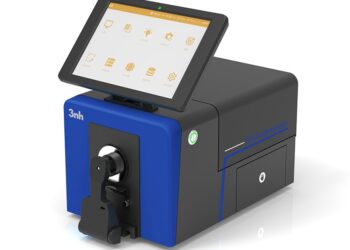There are a host of reasons why becoming an HGV driver can be a worthwhile idea, including job security, a high level of available work and flexible working hours, but have you considered the fact that it can open up your work environment and take you to new destinations around the world? With international HGV driving, you can cross continents and experience a whole new level of job satisfaction.
The perks of international HGV driving
One of the biggest draws of HGV driving is that the role is in consistent demand – and as a result, you can work practically anywhere. Driving abroad offers the unique ability to see new sights, experience new cultures, foods and much more, all while getting paid to do so.
The industry is already well-known for offering attractive pay; in fact, a fully qualified HGV driver can earn over £30,000 a year full-time in the UK and independent drivers can earn more when they’re not restricted by a company’s allocated salary. Working internationally could equate to even better wages and as the industry isn’t too expensive to get into, this becomes even more worthwhile.
Job flexibility can also be key, as international HGV drivers typically work around 40 to 42 hours (but there are rules within the EU for the hours you can legally work and rest). There are no set schedules and jobs can be assigned 24 hours, 365 days a year, as long as local regulations are adhered to. Drivers can typically select their preferred hours and will have the ability to work independently if they’d like even more control.
What you need to become an international HGV driver
If you don’t already hold an HGV license, you will need to be fully qualified to drive a car. From here, you’ll need to find and learn with the HGV Training Centre by applying for a provisional lorry driving licence (you can opt for a Category C1, Category C1E, Category C2, or Category C+E license depending on your needs). For each of these, you will need to pass a theory test, case studies test, perform a driving ability test and undergo a practical demonstration. Once you’re qualified, all you’ll need is your passport, driver’s licence, the right insurance and to keep track of your tachograph information when you drive across the EU.












Discussion about this post